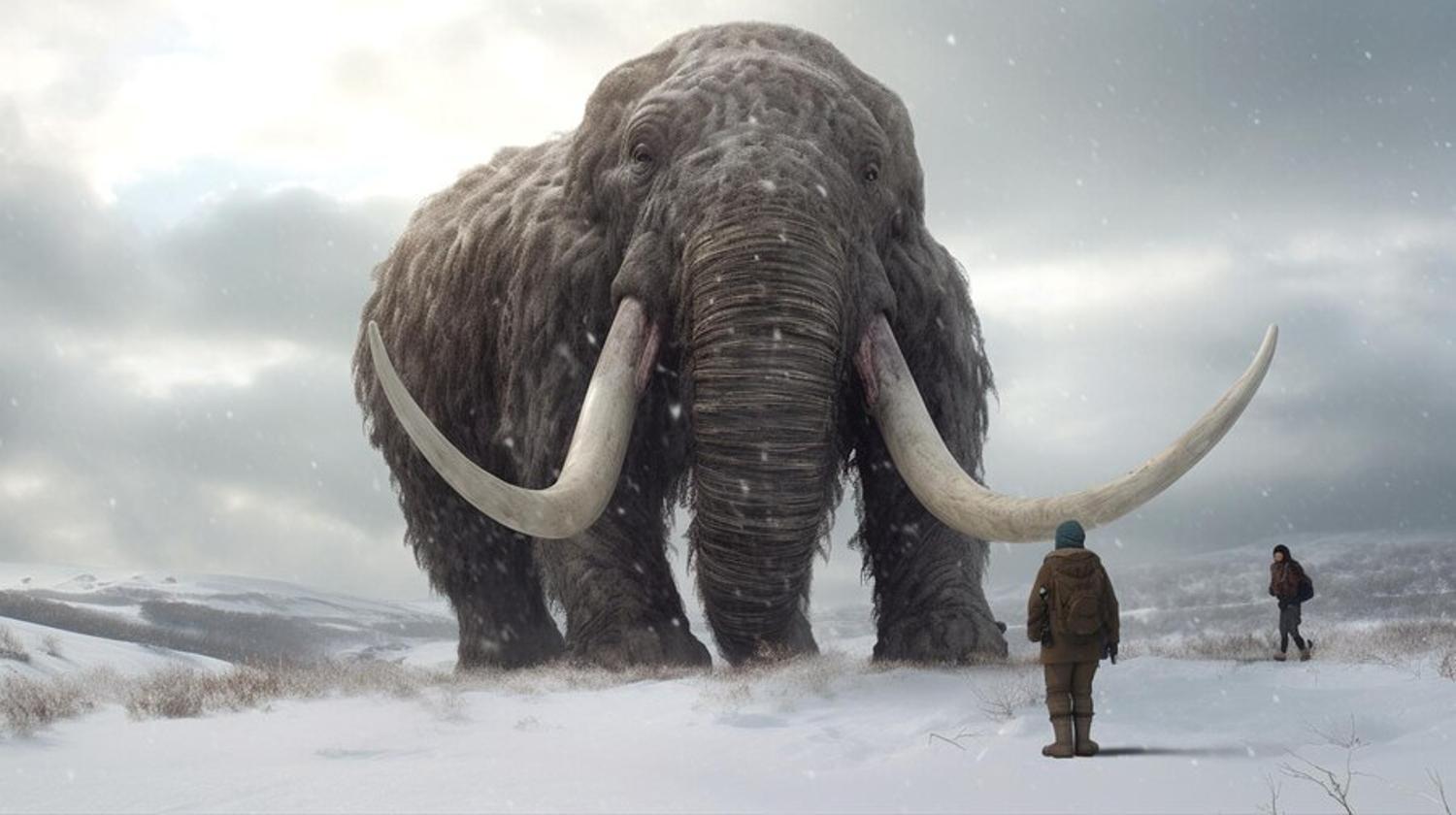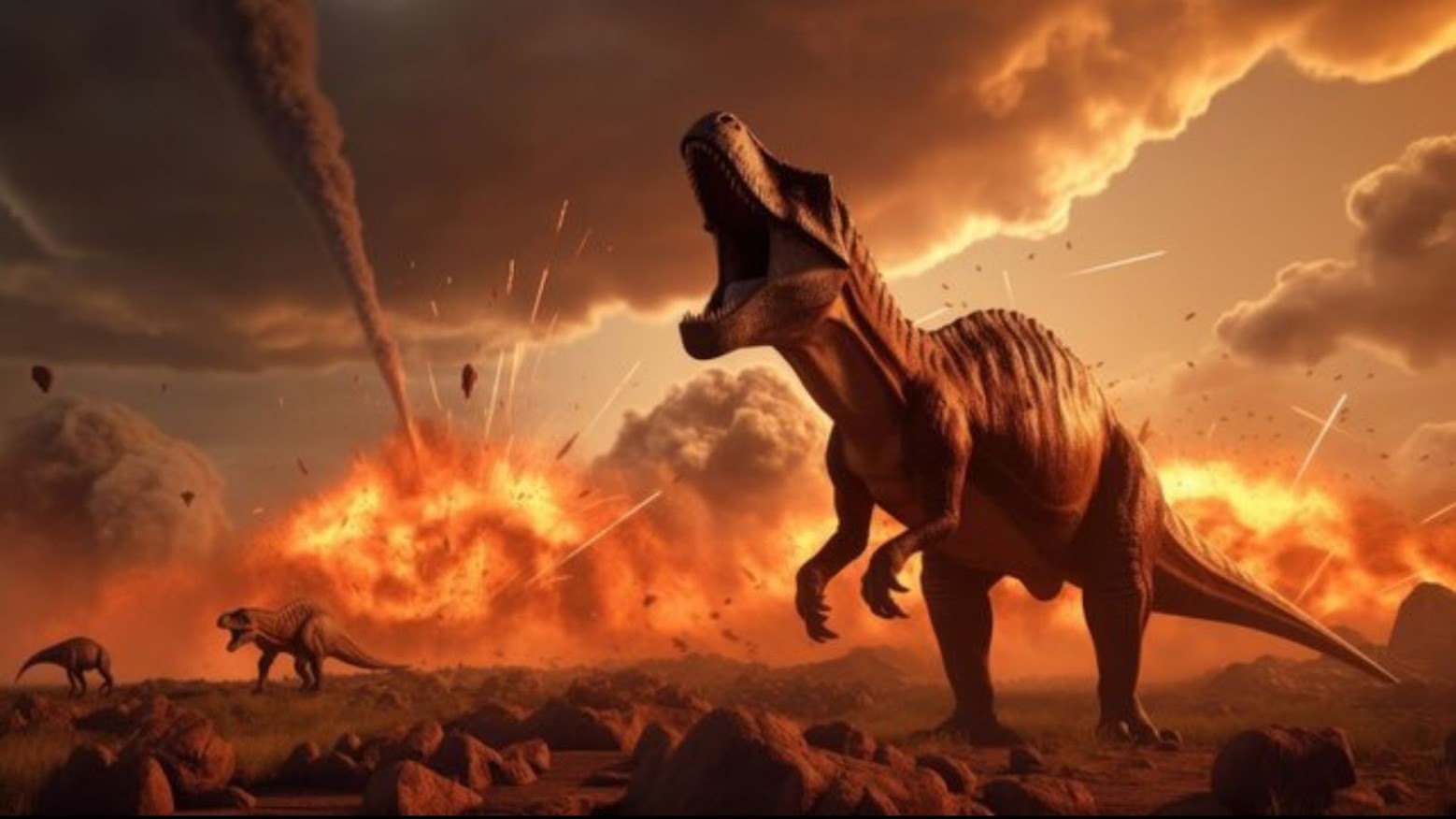Last Mammoths on Earth Wiped Out by ‘Random Event,’ New Research Suggests
The woolly mammoths, magnificent creatures of the Ice Age, survived on Wrangel Island until about 4,000 years ago. Despite harsh conditions and low genetic diversity, this isolated population thrived for thousands of years before vanishing suddenly.
Recent genetic research provides new insights into their mysterious extinction.
Survival on Wrangel Island
Woolly mammoths once roamed across Europe, Asia, and North America. As the global climate warmed 12,000 years ago, they retreated north.

Source: Freepik
Rising sea levels isolated a population on Wrangel Island, where they survived for an additional 6,000 years. These mammoths were the last of their kind on Earth.
Genetic Bottleneck and Recovery
The mammoths on Wrangel Island experienced a severe population bottleneck, at one point reduced to just eight breeding individuals.

Source: Freepik
Remarkably, they recovered to a stable population of 200-300 mammoths within 20 generations. This stability persisted until their sudden extinction.
Challenging Previous Theories
Previous theories suggested that harmful genetic mutations from inbreeding caused a “genomic meltdown,” leading to extinction.

Source: Freepik
However, the latest genetic analysis rejects this idea. Prof Love Dalén and his team found that the mammoth population was actually stable and not doomed by genetic reasons alone.
Random Catastrophic Event
The new research suggests that a random catastrophic event, such as an extreme storm or a plague, likely caused the extinction of the Wrangel Island mammoths.

Source: Adobe Stock
Prof Dalén stated, “It was probably just some random event that killed them off.” Without this event, mammoths might still exist today.
Vulnerability to Pathogens
The genetic analysis revealed signs of inbreeding and low genetic diversity, particularly in genes related to the immune response.

Source: Brano/Unsplash
This made the mammoths more vulnerable to new pathogens, such as a plague or bird flu, which could have rapidly decimated their population.
Lessons from the Past
The study of woolly mammoths provides valuable lessons for understanding modern biodiversity crises. Marianne Dehasque of Uppsala University noted,

Source: Wikimedia Commons
“Mammoths mirror the fate of many present-day populations.” The research shows the impact of genetic bottlenecks and random events on species survival.
Comparing to Modern Species
Many species today face similar threats from climate change, habitat loss, and human activity. The story of the woolly mammoths highlights the importance of genetic diversity and population stability in conservation efforts.

Source: American Rivers
Protecting species from “bad luck” and random catastrophic events remains a significant challenge.
Genetic Analysis Techniques
The research involved analyzing the genomes of 13 mammoth specimens from Wrangel Island and seven from the mainland, spanning 50,000 years.

Source: Freepik
These advanced genetic techniques provided detailed insights into the population dynamics and vulnerabilities of the last woolly mammoths.
Potential for De-extinction
With advances in genetic engineering, there is growing interest in the potential for de-extincting woolly mammoths.

Source: Polina Tankilevitch/Pexels
While this remains a controversial and complex endeavor, understanding the genetic makeup and extinction events of these creatures is crucial for any future attempts.
Implications for Conservation
The findings highlight the need for proactive conservation strategies to preserve genetic diversity and proactively mitigate the impact of random catastrophic events.

Source: Freepik
By learning from the past, scientists and conservationists can potentially develop better approaches to protect endangered species today.
End of an Era
The sudden extinction of the woolly mammoths on Wrangel Island marked the end of an era. Through genetic analysis, though, researchers have uncovered the likely cause of their disappearance.

Source: Freepik
This knowledge not only solves an ancient mystery but also provides important lessons for preserving the biodiversity of our planet.
